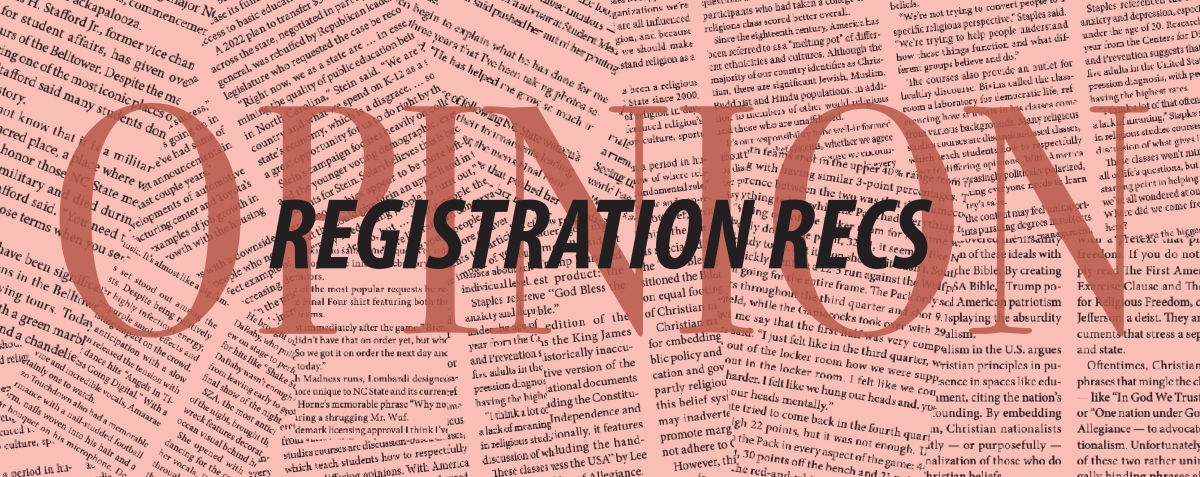This semester, I decided to register for both of my GEP fitness and wellness classes. It wasn’t something I was looking forward to, and I was hesitant about taking DAN 240, “social dance,” in particular because I had no previous dance experience. However, taking this class proved to be one of my best enrollment decisions since starting college.
Social dance, an eight-week health and fitness course, teaches students the basic steps of cha-cha, foxtrot, waltz, rumba and shag. It requires no prerequisites, though students must choose between the leader and follower role upon registering. This means half of the class learns the basics of leading while the other half learns how to follow.
Peggy Domingue, assistant teaching professor in NC State’s Department of Health and Exercise Studies for the past 32 years, emphasized the importance of taking this course.
“It’s really a fundamental class where you learn not only different dances but you’re learning technique,” Domingue said. “You’re learning things like leading, following that are important aspects of dancing [in general].”
Before I started the class, one of my biggest worries was the idea of having to dance in front of others, but it became clear from day one that no student would be put on the spot. Instead, the dances are partnered, with students rotating partners after every song. This helps students get to know one another quickly, fostering a sense of community within the class and creating a stress-free environment.
The environment of the dance studio is also a stark contrast to other classrooms. While lectures typically require students to remain seated and listen to a professor at the front of the room, social dance keeps students on their feet the entire class. Each class, students are encouraged to talk to one another and collaborate.
“Although we dance the entire time and we are moving the entire time and we certainly cover those GEP objectives, it’s more enjoyable for the students,” Domingue said. “They get to come in, talk to each other and not feel so much pressure that they feel in their other academic courses.”
While it may be intimidating to dance with a group of other college students, especially without having any experience, everyone works together to learn the material.
Utilizing the dance studios and other spaces within Carmichael Gym, students frequently meet outside of class to practice.
“Someone will always be there to help you, whether it’s myself, whether it’s my students, before class or after class. You’re never going to be left alone to figure it out on your own,” Domingue said.
Domingue said one of her goals in teaching is getting students to find what they enjoy and continue to dance after the class.
“We start off by trying to provide a very positive experience for the students on campus and then they can take that outside of the classroom,” Domingue said.
There are many opportunities to continue dancing after the course, on and off campus. Dancing with Wolves, NC State’s ballroom dance club, offers lessons and has a competitive team. There are many other dance organizations at NC State, including country swing club and Celtic Wolves, the Irish dance club.
In the Raleigh area, Carolina Dance Club is one of the many local groups that offers dance classes, from West Coast Swing to Carolina shag. Carmen’s Cuban Cafe & Lounge in Morrisville also has salsa nights, and there are countless other opportunities to grow the basic techniques learned in NC State’s social dance class.
Although it may be outside of your comfort zone to learn dance in a room full of your peers, everyone taking the class is in the same boat. It’s a shared experience, and I encourage any student, even those with no knowledge of dance, to take social dance.














